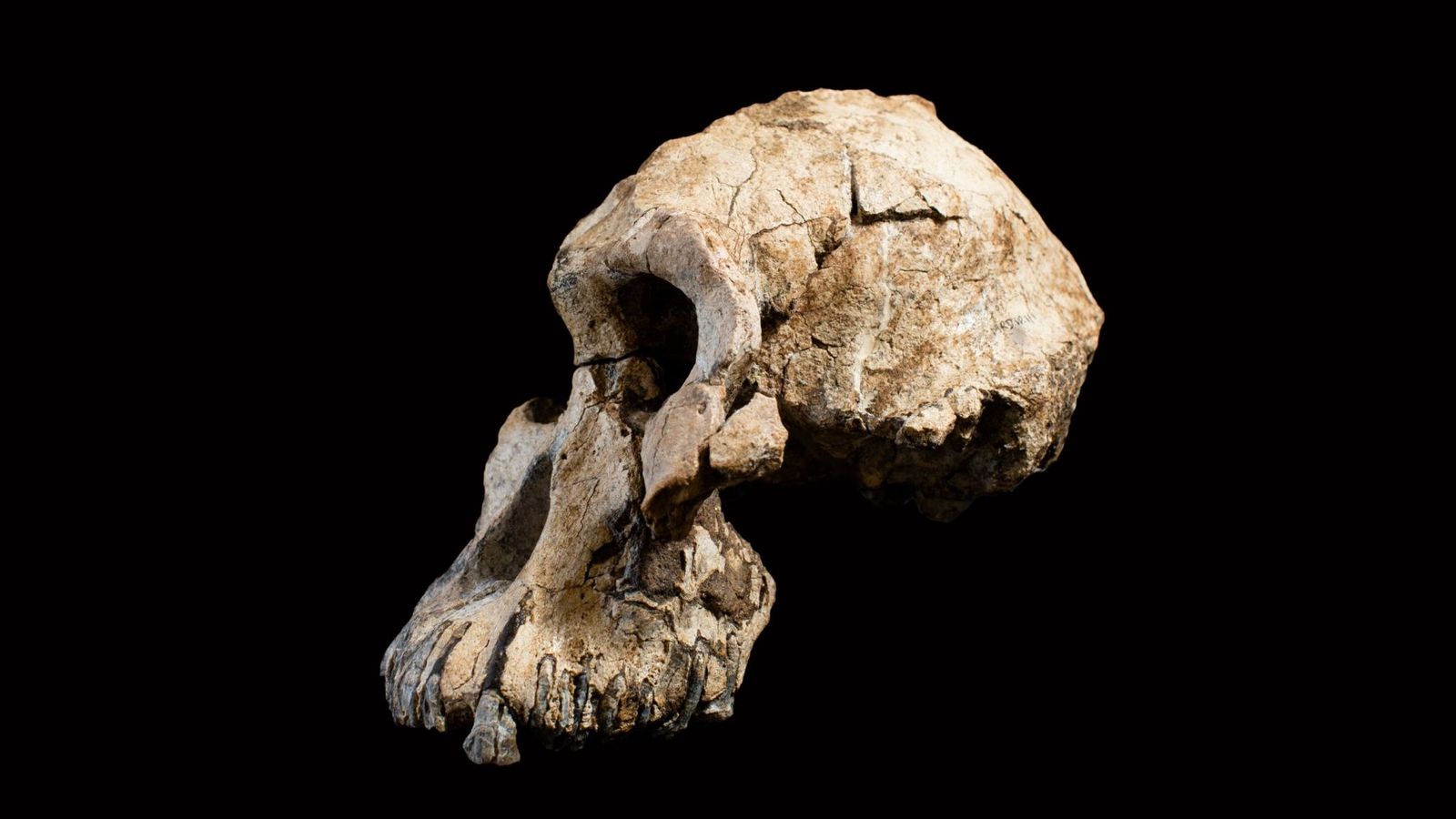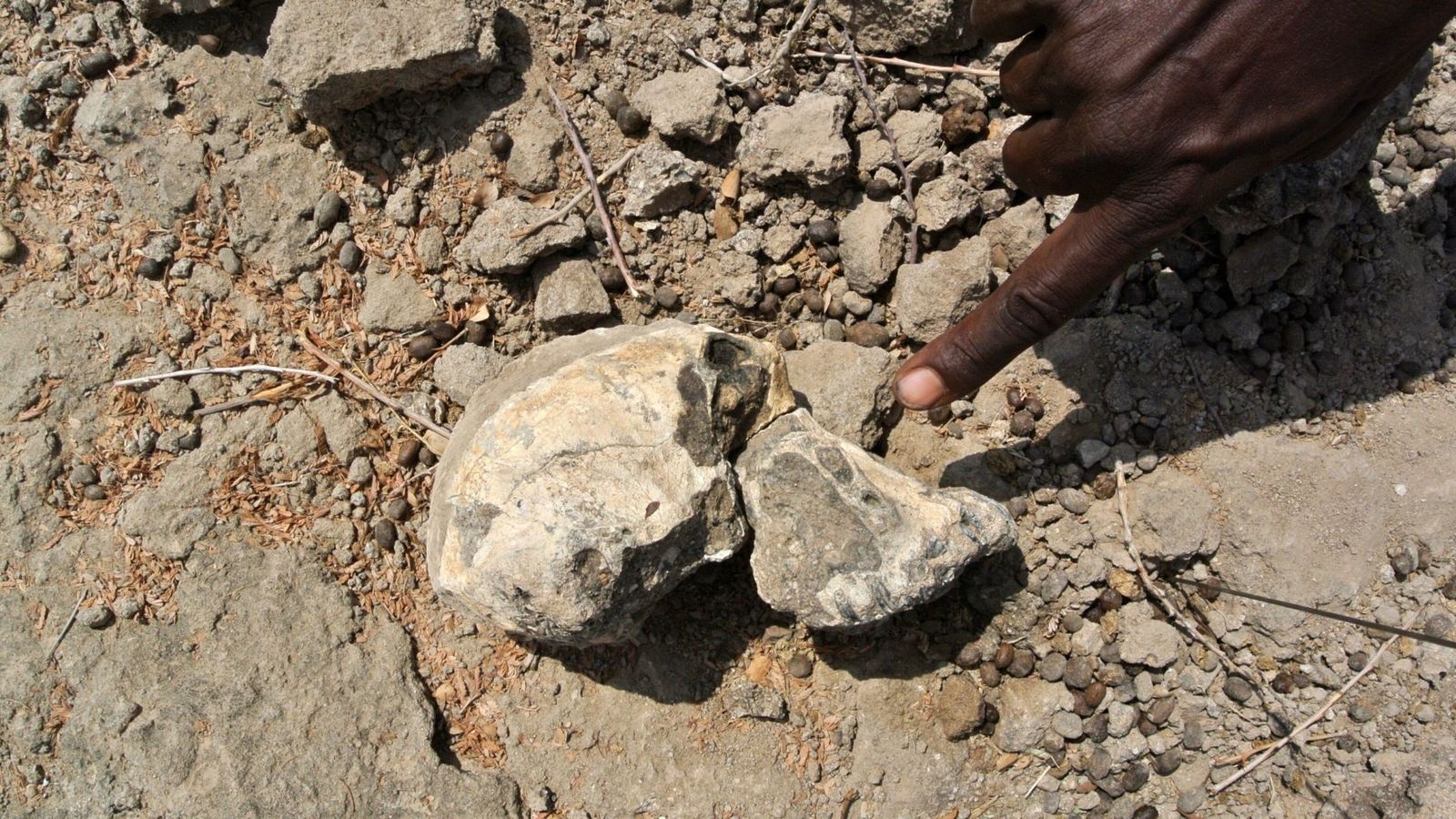
Excavations in Ethiopia have helped unearth a 3.8 million year old skull belonging to an early human. The skull is being considered as ‘remarkably complete’ by experts who have been throughly thrilled by its discovery. Scientists have announced that the discovery of the skull has the potential to alter the way we perceive of human evolution.
The skull, known as “MRD” ,was discovered not far from the “Younger Lucy”-the ancient ancestor of the modern day human.
This proves that the two species may have existed simultaneously for about 100,000 years.
The newly discovered skull is being seen as one of the most complete humanoid skulls to have been unearthed in recent years.
It is one of the most holistic fossils and takes us back to the story of human evolution dating more than 3 million years ago. Although the skull is quite small in size, it is believed to be that of an adult.
Facial reconstruction tells us that it belonged to a hominid with its cheekbones projected forward, a prominent jawline, a flat nose and a narrow forehead.
The discovery of “MRD” marks an important step in the study of human evolution because it establishes the linkage between the oldest human ancestors, which are about 6 million years old, and species such as “Lucy”, which are two-three million years old.

“MRD” thus enables us to fill up the missing link of human evolution.Scientists working on the skull have called it a ‘Eureka moment’ as far as the understanding of human evolution is concerned.













